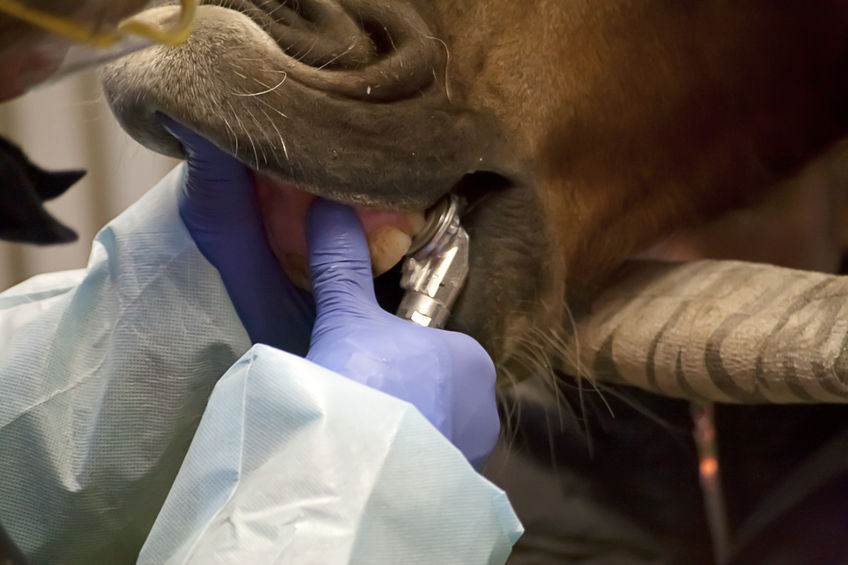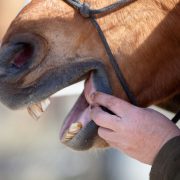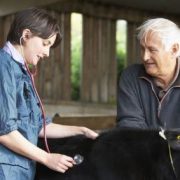Investigation of the Shedding of Selected Respiratory Pathogens in Healthy Horses Presented for Routine Dental Care
Investigation of the shedding of selected respiratory pathogens in healthy horses presented for routine dental care

Requires membership/payment
This article can be accessed via RCVS Knowledge Library Membership (click here).
In our edition of: Oct 2020
In our categories of: equine
our summary:
Pusterla, N. et al. (2020) Investigation of the Shedding of Selected Respiratory Pathogens in Healthy Horses Presented for Routine Dental Care. Journal of Veterinary Dentistry 37 (2) pp 88-93
The aim of this study was to determine the frequency of detecting selected infectious respiratory pathogens to support the use of proper biosecurity protocols in equine dentistry. Healthy horses presented at two veterinary hospitals in the United States for routine dental care over a 12-month period were enrolled. On each visit, horses had a physical examination during which nasal secretions were collected by means of two swabs from either the left or right nostrils. The nasal secretions were assayed for the presence of EHV-1, EHV-2, EHV-4, EHV-5, equine influenza virus (EIV), equine rhinitis A and B (ERAV, ERBV), Streptococcus equi, S. zooepidemicus and methicillin-resistant Staphylococcus aureus (MRSA) using routine diagnostic PCR assays.
Over 12 months, 579 healthy horses attended for routine dental care at the two veterinary hospitals based in Wisconsin and California. The study population was 67% male and 33% females; 43% were competition horses and 55% were used for pleasure; Quarter Horse, Warmblood and Thoroughbred were the three most dominant breeds.
Analysis of the nasal secretions detected true respiratory pathogens (EHV-1, EHV-4, EIV, ERBV or MRSA) in 22% of the horses. Commensal respiratory pathogens (EHV-2, EHV-5, or S. zooepidemicus) were detected in 89% of the horses. ERAV and S. equi were not detected in any of the horses.
There were statistical differences between the two locations regarding breed, age, nasal discharge, rectal temperature, and the presence of true and commensal respiratory pathogens. In Wisconsin, for qPCR-positive MRSA cases, warmblood horses and competition use were overrepresented, and EHV-2 was detected in greater frequency in horses used for pleasure.
Study horses from California showed significant differences between the presence and absence of true respiratory pathogens for breed and nasal discharge. Older horses showed a greater frequency of S. zooepidemicus.
Limitations to the study include that whilst the study populations in the two locations shared the same inclusion criteria, they differed in various demographic parameters, which might have influenced the results. For example, there may have been different breed-specific management husbandry practices in place.
The results of this study show that there is a risk of transmission of true and commensal respiratory pathogens from subclinical shedders to susceptible horses during routine dental care. The paper serves as a good reminder to all equine vets that they should adopt appropriate biosecurity measures as standard practice – hand hygiene, use of gloves and disinfection of equipment between patients are encouraged to reduce environmental contamination and the risk of fomite transmission.
Image copyright attribute: Anja Seibert
Join the discussion
We encourage discussion on all material highlighted in each edition of inFOCUS. Use the button below to join the conversation on Twitter and include your comment in the feed for this issue.







Leave a Reply
Want to join the discussion?Feel free to contribute!